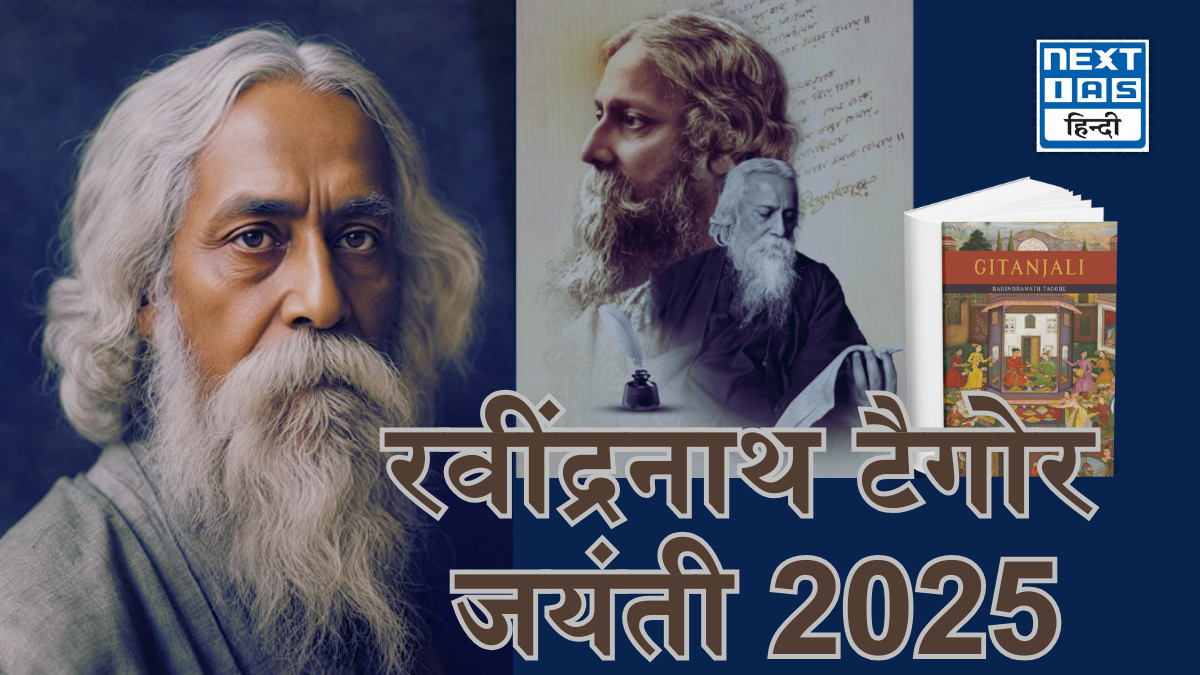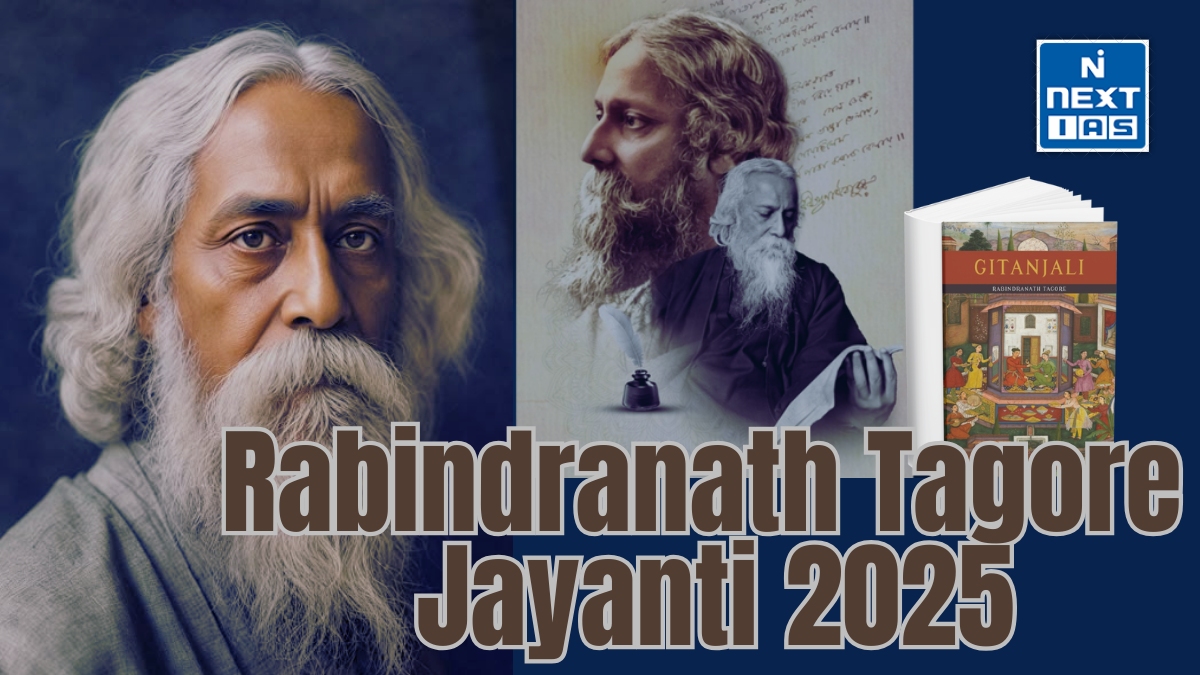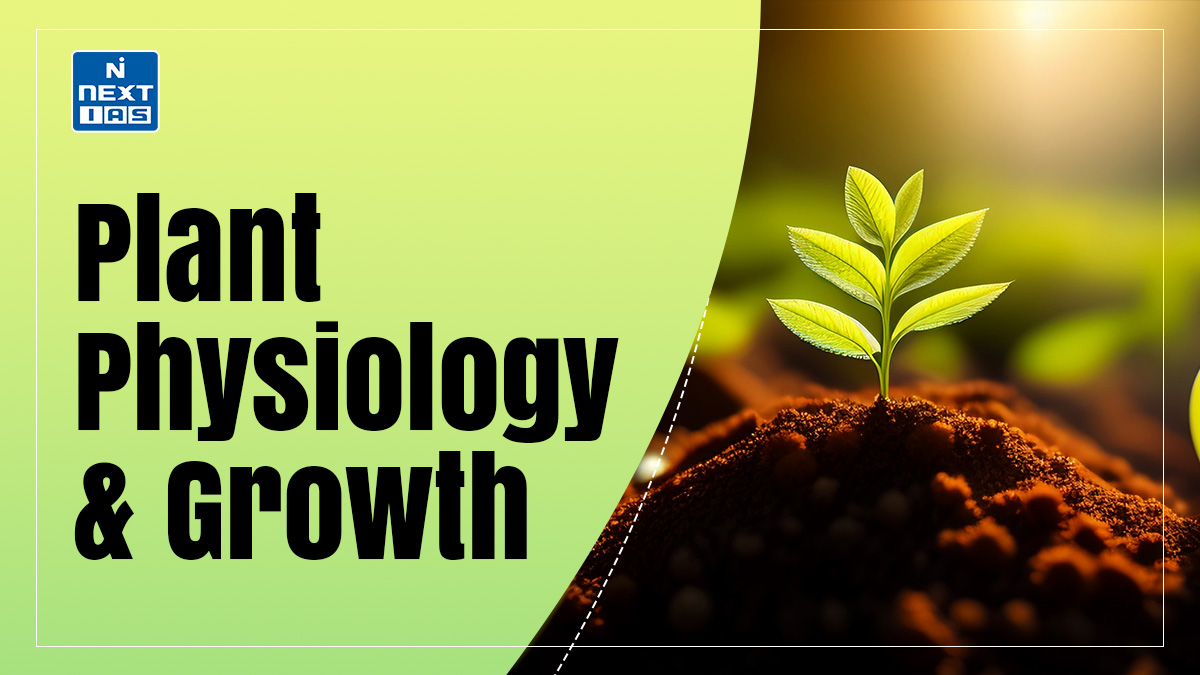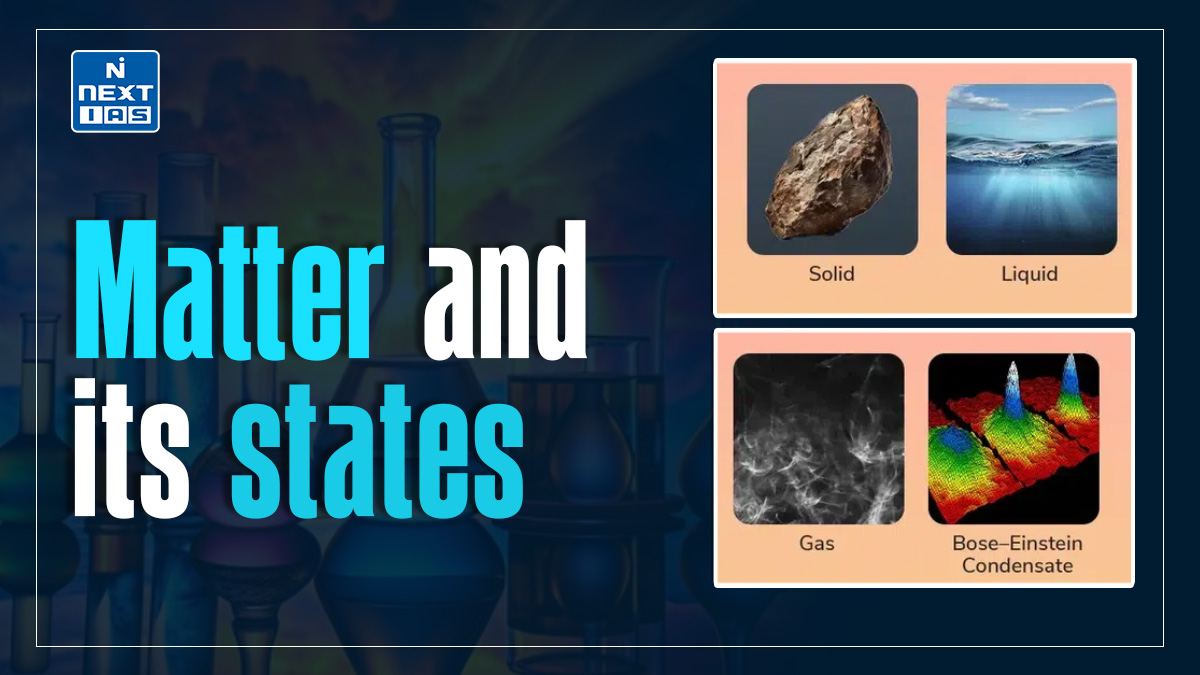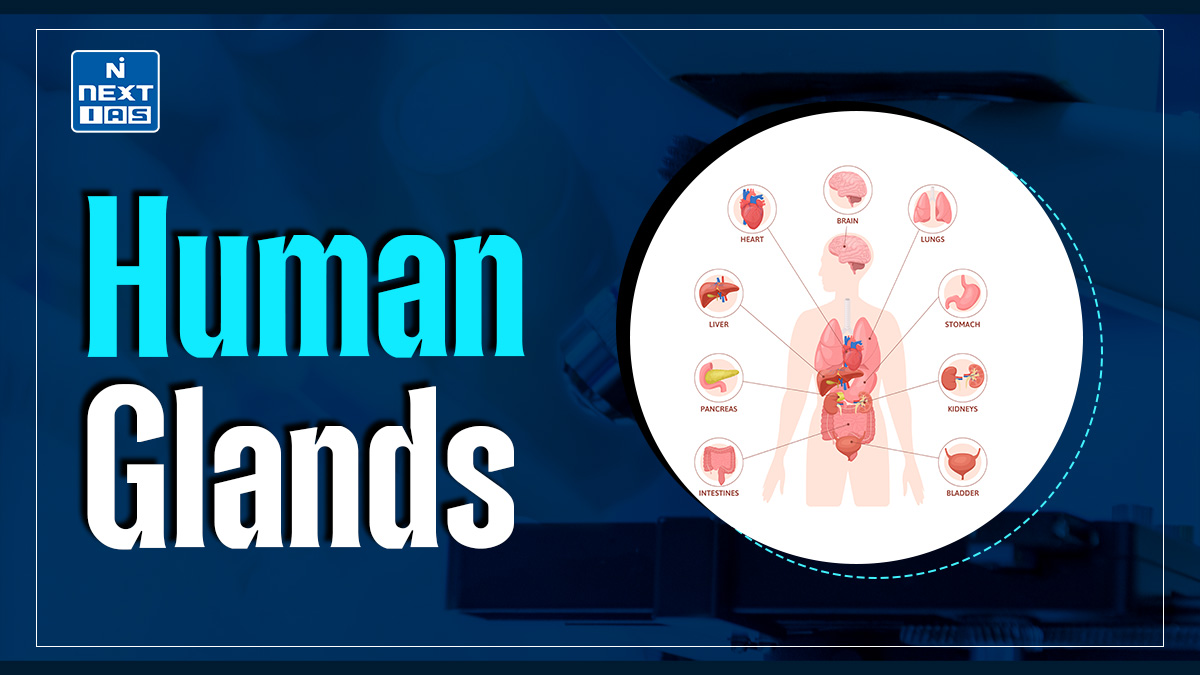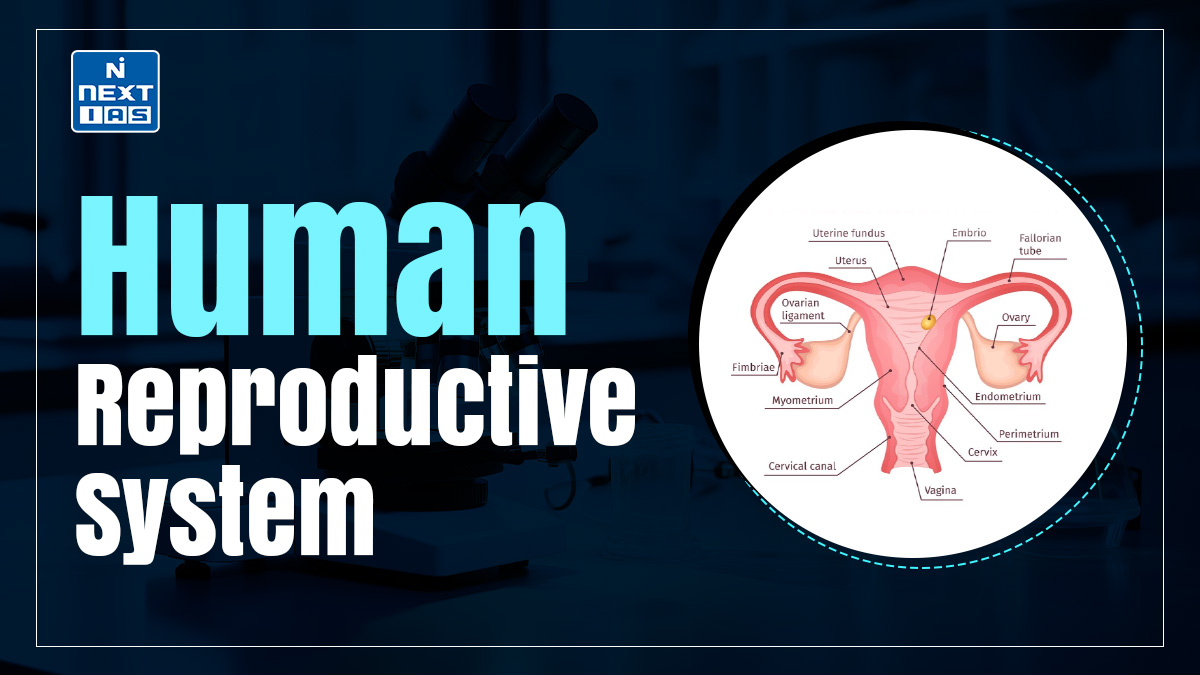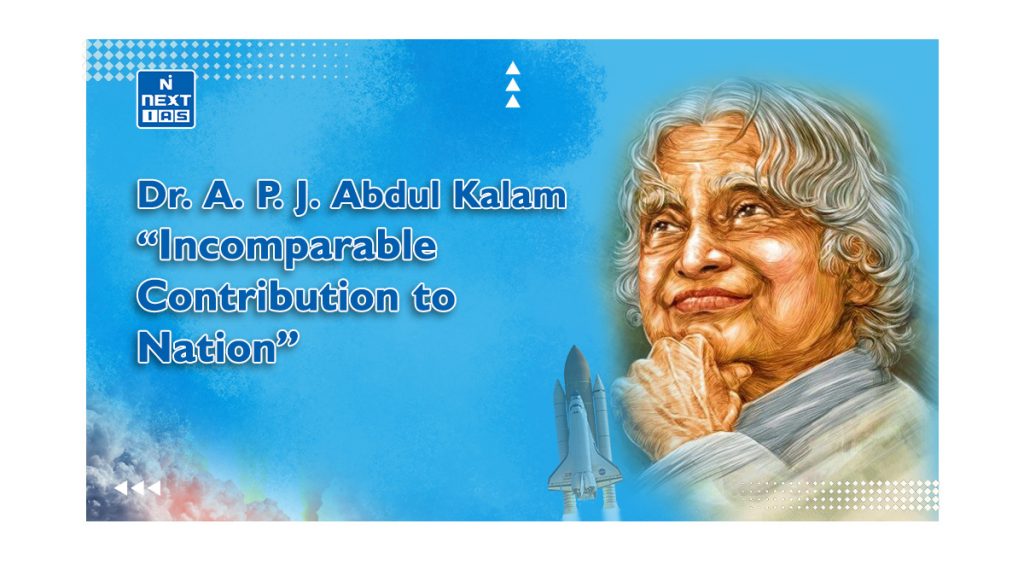
Dr. A.P.J. Abdul Kalam, a distinguished scientist and former President, was born on October 15, 1931, in Tamil Nadu. In honor of his dedication to students and his commitment to shaping the next generation, his birth anniversary is celebrated as World Students’ Day.
- Dr. Kalam, often referred to as the ‘Missile Man of India’, played a crucial role in advancing the country’s space and defence programs as a scientist.
Furthermore, his lasting legacy as an educator, author, and visionary President has made significant contributions to the development of the nation.
Glimpse of Dr. Kalam’s Life
- Kalam, a recipient of the Bharat Ratna award, was born in Rameswaram, Tamil Nadu.
- Throughout his career, Kalam held prominent positions as an administrator in the Defence Research and Development Organization (DRDO) and the Indian Space Research Organization (ISRO).
- In 2002, this esteemed aerospace scientist became the 11th President of India, serving in office until 2007. Following his presidency, he continued to devote himself to teaching.
- He took on roles as a visiting professor at the Indian Institute of Management (IIM) in Ahmedabad, IIM Shillong, and IIM-Indore.
- For his contributions as a scientific advisor to the government of India, Kalam was honoured with the Padma Vibhushan and the Padma Bhushan awards.
- Nevertheless, the significant contributions of Dr. A. P. J. Abdul Kalam to scientific and technological advancements in the country are still remembered today.
Some Facts about Kalam
- Dr. Kalam was awarded the Doctor of Science degree by 28 universities. He has received several awards including the National Design Award, Dr. Biren Roy Space Award, Professor Y Nayudhamma Memorial Gold Medal (1996), GM Modi Science Award (1996), R K Firodia Award for Excellence in Science and Technology (1996), Veer Shavalkar Award (1998), For National Integration Indira Gandhi Award (1997).
- He is a member of numerous professional societies including Aeronautical Society of India, Astronautical Society, and Aeronautical Society of India, Indian National Academy of Engineering, Indian Academy of Sciences and Institute of Electronics and Telecommunications Engineers.
- He is also the author of many books – India 2020: A Vision for the New Millennium, Wings of Fire: An Autobiography, and Ignited Minds-Unleashing the Power within India etc.
Contributions of Dr. A.P.J. Abdul Kalam: In Space, Engineering and Medicine
India’s first Indigenous Hovercraft
- Dr. Kalam and his team developed Nandi, India’s Indigenous hovercraft, symbolizing strength and innovation.
India’s first Satellite Launch Vehicle
- As project Director of ISRO, Dr. Kalam led the development of SLV III, successfully launching the Rohini satellite in 1980.
INCOSPAR Committee
- Dr. Kalam was part of the committee that established TERLS, Thumba Equatorial Rocket Launching Station, for space research.
Ballistic Missile Project
- Leading DRDO, Dr. Kalam developed indigenous guided missiles like Agni and Prithvi based on the SLV Program.
Chief Scientific Advisor and DRDO Secretary
- He served as a Chief scientific advisor to the government of India coordinating the Pokhran II nuclear test.
Launch Vehicle
- Dr. Kalam promoted and backed the advancement of different satellite launch vehicles, such as the Polar Satellite Launch Vehicle (PSLV) and the Geosynchronous Satellite Launch Vehicle (GSLV).
Integrated Guided Missile Development Program
- Dr. Kalam at DRDO implemented this program which advanced India’s missile technology, as a result he was named as ‘Missile Man of India’.
Kalam- Raju Stent (Universal Healthcare Plan)
- Dr. Kalam and D. Soma Raju collaborated to develop a coronary stent ‘Kalam-Raju Stent‘ to make healthcare accessible to all.
Kalam Raju Tablet
- Dr. Kalam and Dr. Soma Raju, came up with a rough tablet computer to take care of the health of underprivileged people of rural India.
PURA – Provision of Urban Amenities to Rural Areas
- Dr. Kalam gives the strategy for rural development in India as discussed in his book Target 3 Billion. It proposes that urban infrastructure and services be provided in rural hubs to create economic opportunities outside of cities.
An Innovator in Fiberglass Technology
- He played a pioneering role in the field of fiberglass technology and guided a team of young individuals to embark on this endeavour at ISRO. Their work encompassed the entire process, starting from designing and developing composite rocket motor cases, all the way to their production.
Technology Vision 2020
- In 1998, a comprehensive plan named Technology Vision 2020 was proposed.
- Its objective was to outline a roadmap for India’s transformation from a less-developed nation to a developed society within a span of 20 years.
- The plan aimed to achieve this by implementing various measures, including enhancing agricultural productivity, promoting technology as a catalyst for economic growth, and improving accessibility to healthcare and education.
Dr. Kalam talked of ‘Creating a Liveable Earth’ – In Last Speech
- “Sustainable development enables the realisation of green clean environment without pollution, having prosperity without poverty, peace without fear of war and a happy place to live for all citizens of the nation of the world.”
- In this last speech, Dr. A.P.J. Abdul Kalam laid the blueprint of his ‘World vision 2030 of a liveable planet earth’.
Thus, despite the accomplishments and contributions of Dr. A.P.J. Abdul Kalam, he always wished to be recognized as a teacher. He breathed his last on July 27, 2015, and collapsed while delivering a lecture at IIM-Shillong and died from a cardiac arrest. Thus, his his contributions are still remembered as some of the scientific and technological developments in the country.
Question
Question: “If a country is to be corruption free and become a nation of beautiful minds, I strongly feel that there are three key societal members who can make a difference. They are father, mother and teacher.” – A.P.J. Abdul Kalam (2022)
Sources
GS - 3